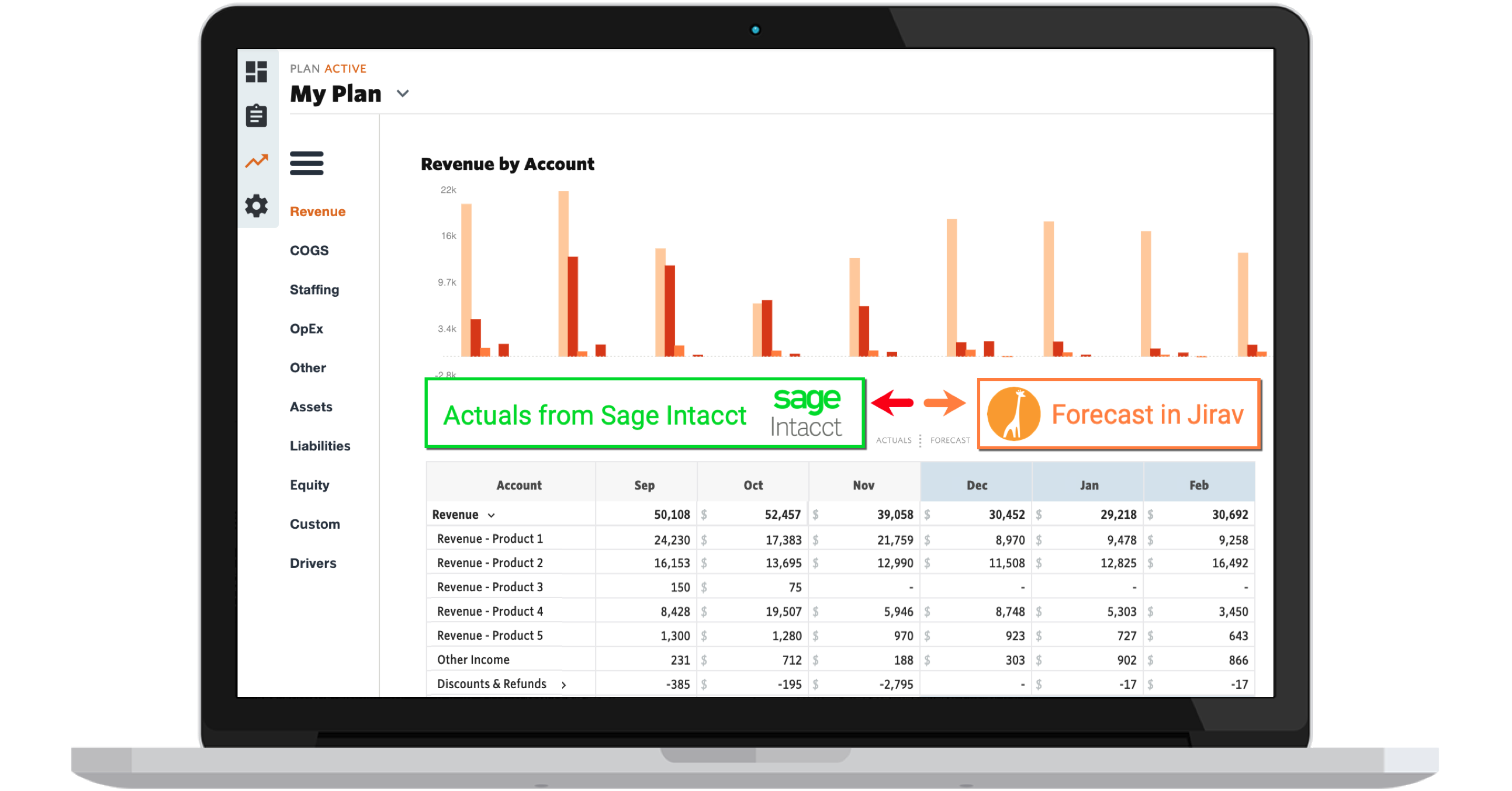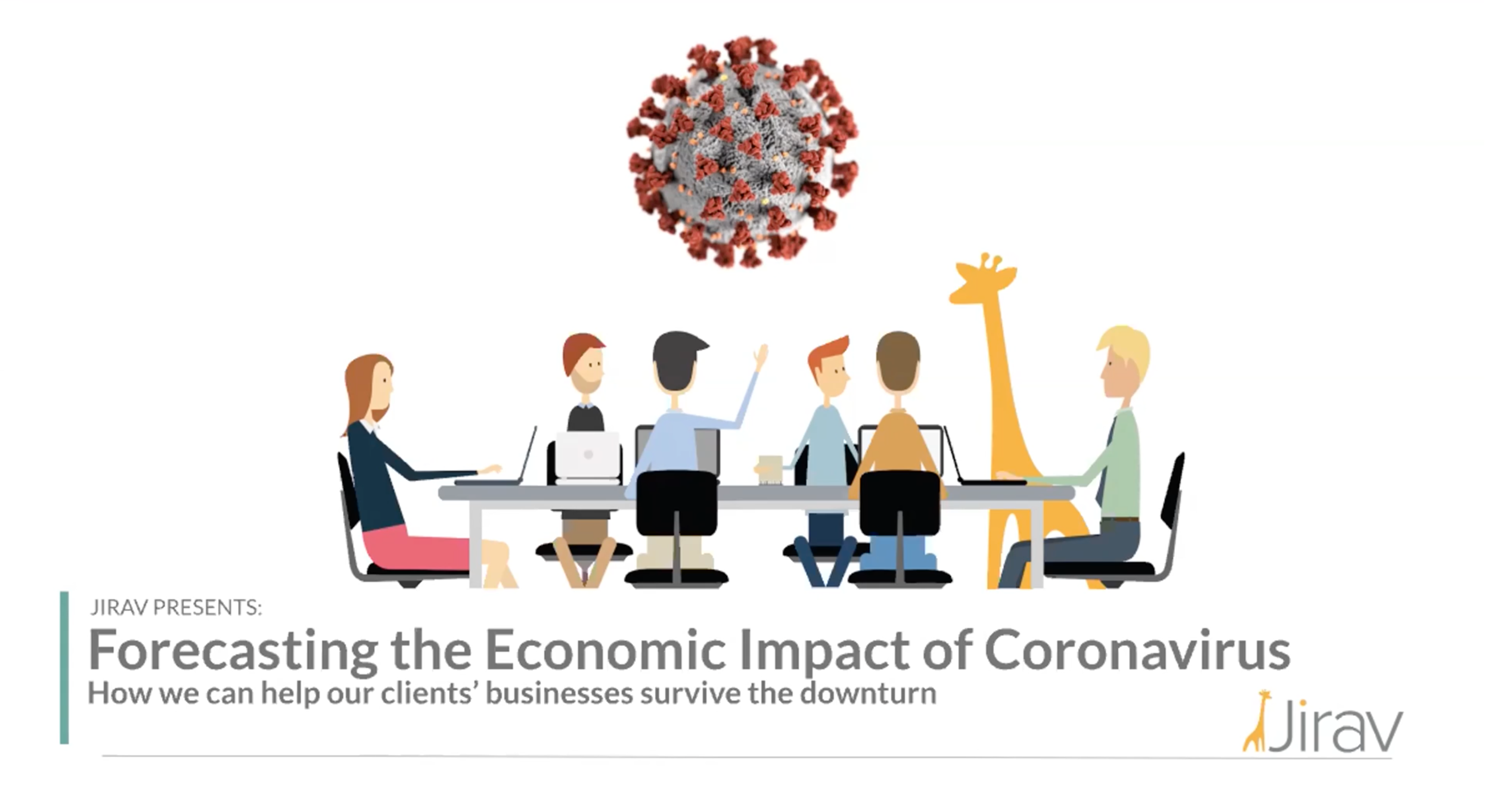Just a few months ago, 2020 was off to a brilliant start. Then COVID-19 happened. State-wide lockdowns of all but essential businesses brought the economy to a screeching halt. If you’re a finance pro who feels like the rug has been pulled out from under your feet, you’re not alone.
Back in Q1, 80% of CFOs in North America were optimistic about the economy overall, but by early May, only 1% shared that sentiment. That’s according to the latest Deloitte CFO Signals survey. For its Q2 survey, Deloitte contacted 156 CFOs across the US, Canada and Mexico, and found the lowest levels of optimism among finance executives in the ten-year history of the survey.
When looking at their own companies, the optimism of those CFOs dropped even further. Only 11% expressed a positive outlook for their company, while 65% were negative, for a net optimism index of minus 54. Last quarter, net optimism was a positive 23. CFOs in the energy/resources industries had the bleakest outlooks, with net optimism around minus 75. CFOs of healthcare/pharma companies had a comparatively sunny view, with an optimism index of “only” minus 40.
In scary times like this, finance pros have even more need for tools to help make decisions. Doing projections with Excel can take a lot of time and resources that are better spent looking for creative solutions. Spreadsheets break, and de-bugging complex formulas can take hours.
Let’s take a look at how Jirav can help you navigate some of the other findings in this survey.
Cost reduction over revenue growth
For the first time in the history of this survey, CFOs reported a net focus on cost reduction rather than revenue growth. Only 32% were planning to focus on growing revenue over the coming year, while 43% were looking to curb spending.
Shifting models to cost reduction isn’t a matter of just cutting percentages when your business is in flux. The relationships aren’t necessarily linear, as confirmed by the responses to Deloitte’s queries about revenue and earnings growth over the next 12 months. While revenue growth was expected to drop by 8.6%, earnings growth was expected to drop by more than twice that percent — by 18.7%.
Jirav’s flexible and customizable driver-based financial modeling software enables bottom-up forecasting and zero-based budgeting, which can provide a much more accurate roadmap in uncertain times. Both COGS and OpEx budgets need to be based on business activity to line up with new revenue projections. When things change — and we know they will — it’s easy to make changes that propagate accurately across the whole model, or to create additional best-guess scenarios.
Key metrics dropping to uncharted territory
Since 2010, when Deloitte started this quarterly survey, metrics like revenue growth, earnings growth, personnel and wage growth had all been positive. But in Q2 of 2020, everything fell off a cliff. Revenue growth expectations for the next 12 months dropped from 3.9% in Q1 to negative 8.6%. Expected earnings growth dropped from 6.0% to minus 18.7%. CFOs in the retail and wholesale industries are expecting drops of minus 20.7% to revenue and minus 39.4% to earnings.
![Deloitte CFO Signals 2Q20 Survey: Performance and investment expectations drop dramatically [chart]](https://www.jirav.com/hs-fs/hubfs/deloitte-cfo-signals-2Q20.png?width=1952&name=deloitte-cfo-signals-2Q20.png) Gauging your organization’s progress back to normal is easier when you track these key metrics over time. Fortunately, Jirav includes a library of useful KPIs, and you can add custom metrics to keep an eye on the things that really matter for your organization. And because the things that matter for your organization aren’t always financial numbers, Jirav connects your GL with the non-financial information from your operational, sales, and payroll data.
Gauging your organization’s progress back to normal is easier when you track these key metrics over time. Fortunately, Jirav includes a library of useful KPIs, and you can add custom metrics to keep an eye on the things that really matter for your organization. And because the things that matter for your organization aren’t always financial numbers, Jirav connects your GL with the non-financial information from your operational, sales, and payroll data.
Turbulent times can mean the leaders in your company have less time and energy for deciphering and understanding the information in complex reports. They may not have time to wait until the Excel model they need gets built. But with Jirav, decision makers can get a customized executive summary report that tracks the numbers over time. Clear comparisons between projections and actual make it simple to see that things are on track.
The path back to near-normal may take longer than you think
When COVID-19 first began its march across our country, many people believed this would be a short-lived inconvenience. Indeed, the initial terms of the Paycheck Protection Program projected a return to normal by June.
In early April, Deloitte performed a supplemental survey. At that time, only 32% of CFOs thought the return to normal operations would be delayed until 2021. But by early May, 60% of CFOs were not expecting a return to near-normal operations until 2021 or later. A full 39% believed that might not happen until Q2 of 2021 or later.
A recent survey of accountants by Accounting Today is in sync with that projection: 54.5% believe that the economy won’t be normal until after Q1 of 2012.
Given that the path to recovery will be long, businesses will need rolling long-term financial forecasts for at least 12 months. Longer is better — a full 36-month projection would capture the period after full recovery. Jirav gives business leaders a clear line of sight into that far-off horizon so they can easily see how changes they make now will impact the future.
Remote is the future
When CFOs were asked what they thought about post-crisis operations a year in the future, 75% were expecting that more of their total workforce would be operating remotely. And just over 70% of CFOs expected that their finance teams would be doing more work remotely, too.
Because Jirav is in the cloud, this makes us a natural pick for finance teams looking to continue working remotely. Decision makers can rely on a customized FP&A dashboard and reports, available anytime, anyplace and from nearly any device, so they can get the information they need when they need it.
Recovering from the COVID-19 won’t be quick or easy but Jirav can help make it a bit less uncertain. Start your free trial today and start planning for a more certain future.












